
Dollar, Ballots & Debt: How Trump Installed His Man in Argentina to Fight China
When far-right economist Javier Milei swept to victory in Argentina’s parliamentary by-election on October 26, 2025, the world saw more than just another swing to the right in Latin America. They witnessed the opening move in Donald Trump’s new Cold War—fought not in the South China Sea, but in the streets of Buenos Aires.
The “Made in Washington” Victory
Milei’s win didn’t happen in a vacuum. Voter turnout was low. Opposition parties were divided. But behind the scenes, a more powerful force was at work: the direct involvement of the United States. Trump, publicly and privately, threw his weight behind Milei, framing his support as a financial and strategic necessity. The message was clear: a Milei victory meant American money. A loss meant isolation.
For Washington, Milei isn’t just an ideological ally—he is a geopolitical tool. His commitment to dollarizing Argentina’s economy, slashing public spending, and aligning foreign policy with the U.S. makes him the perfect vehicle to roll back years of Chinese expansion in the region.

The election is seen as a test of Washington’s new policies in South America, where Trump made clear his support for Milley as a way to counter Chinese influence in the region
Trump’s Real Fear: China’s Silk Road Reaches the Andes
Over the past decade, China has become a critical partner for Argentina—funding infrastructure, buying soybeans, and offering loans without the political lectures that often come from Washington or the IMF. From space stations in Patagonia to port projects near Buenos Aires, Beijing’s presence has grown steadily. To Trump, this isn’t trade—it is trespassing.
Milei’s victory represents a U.S. counterattack. By installing a pro-Washington leader in one of South America’s largest economies, Trump hopes to:
-
Push Argentina out of China’s Belt and Road Initiative
-
Force the renegotiation of Chinese-backed projects
-
Pull the region back into the U.S. sphere of influence
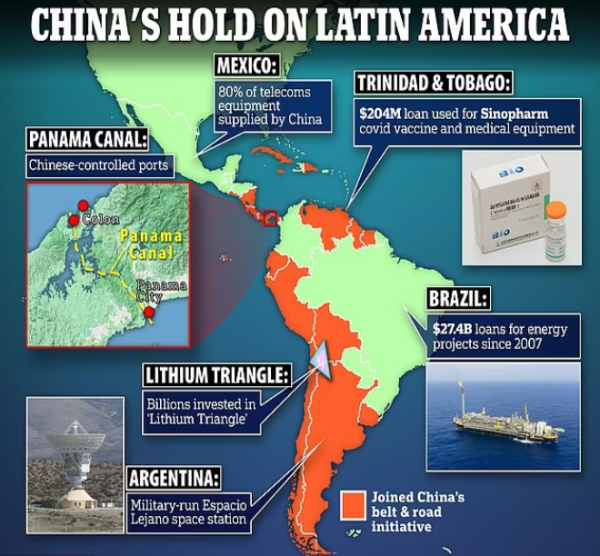
Chinese infrastructure projects in Latin America
A Nation Caught Between Empires
Not all Argentinians are celebrating. Milei’s radical austerity policies—wage cuts, privatization, and deregulation—have already sparked mass protests. Many see his alignment with the U.S. not as liberation, but as subordination. As one Argentine political thinker noted: “Milei doesn’t serve Argentina—he serves Washington’s geostrategic interests.”
The risk for Argentina is becoming a pawn in a game it cannot control. If Milei’s economic shock therapy fails, the social backlash could be severe. And if he succeeds in alienating China, where will the investment and buyers for Argentine goods come from?

The New Cold War Is Here—And It’s Speaking Spanish
What happens in Argentina no longer stays in Argentina. Milei’s victory signals a new chapter in hemispheric politics—one where local elections are shaped by global rivalries. From Brazil to Chile, Mexico to Peru, the U.S. and China are competing for loyalty, and no ballot is too small to be weaponized.
The era of non-alignment is over. Nations are being forced to choose—and superpowers are making sure they choose correctly.

Conclusion: Sovereignty for Sale
Javier Milei may frame his mission in terms of liberty and free markets. But behind the libertarian rhetoric lies a darker reality: sovereignty is up for auction, and the highest bidder isn’t always the one with the best intentions.
Argentina is now a battlefield in Trump’s war on China. The only question is: who will pay the price?


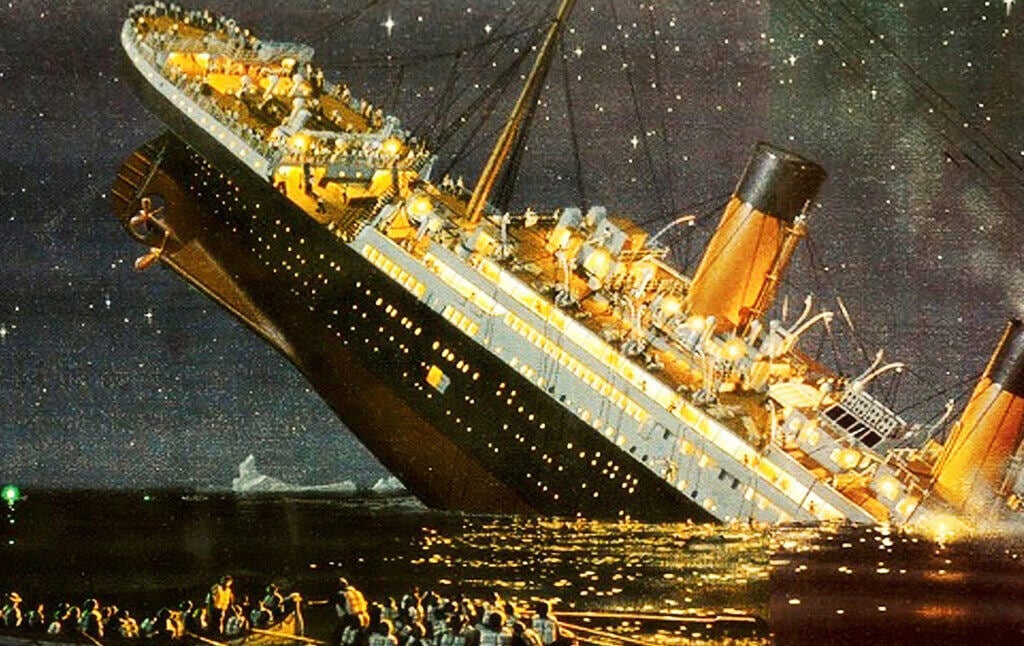


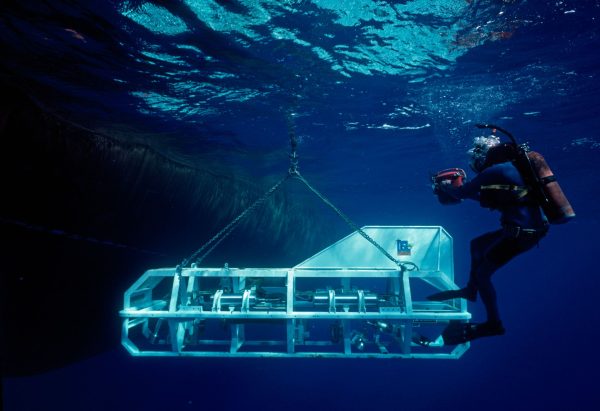
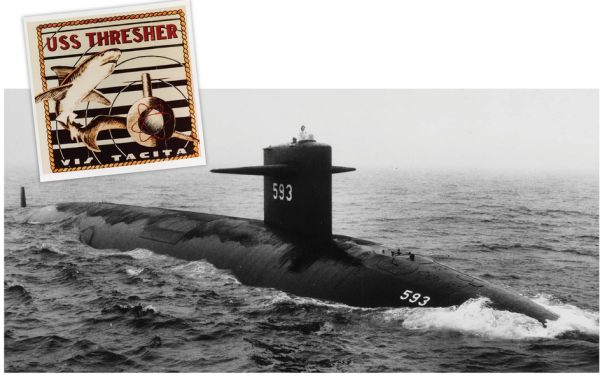
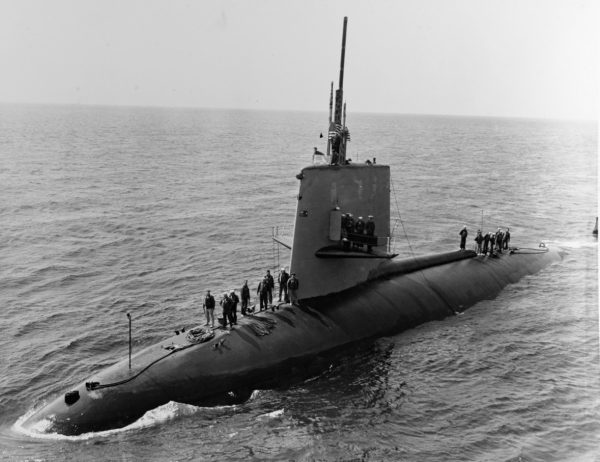
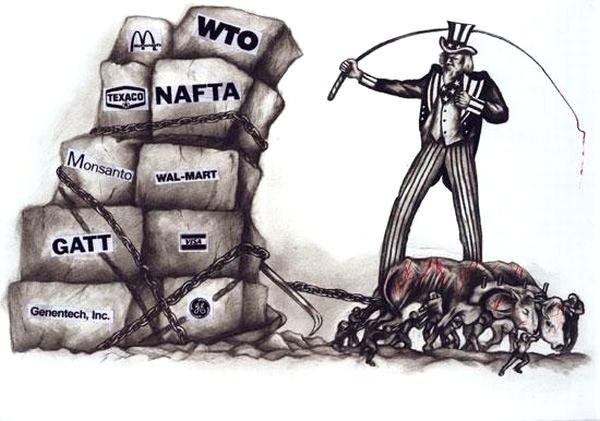 The organizing principle of U.S. foreign policy since the end of the Cold War has been to ensure that every nation in the world stays within a security structure managed and controlled by Washington. Nations, regardless of their ideological orientation, that refuse to follow U.S. wishes find themselves demonized and pressured to conform, while nations whose states are not centralized enough to control their territory are called “failed states” and are subjected to often counterproductive “nation building.
The organizing principle of U.S. foreign policy since the end of the Cold War has been to ensure that every nation in the world stays within a security structure managed and controlled by Washington. Nations, regardless of their ideological orientation, that refuse to follow U.S. wishes find themselves demonized and pressured to conform, while nations whose states are not centralized enough to control their territory are called “failed states” and are subjected to often counterproductive “nation building.